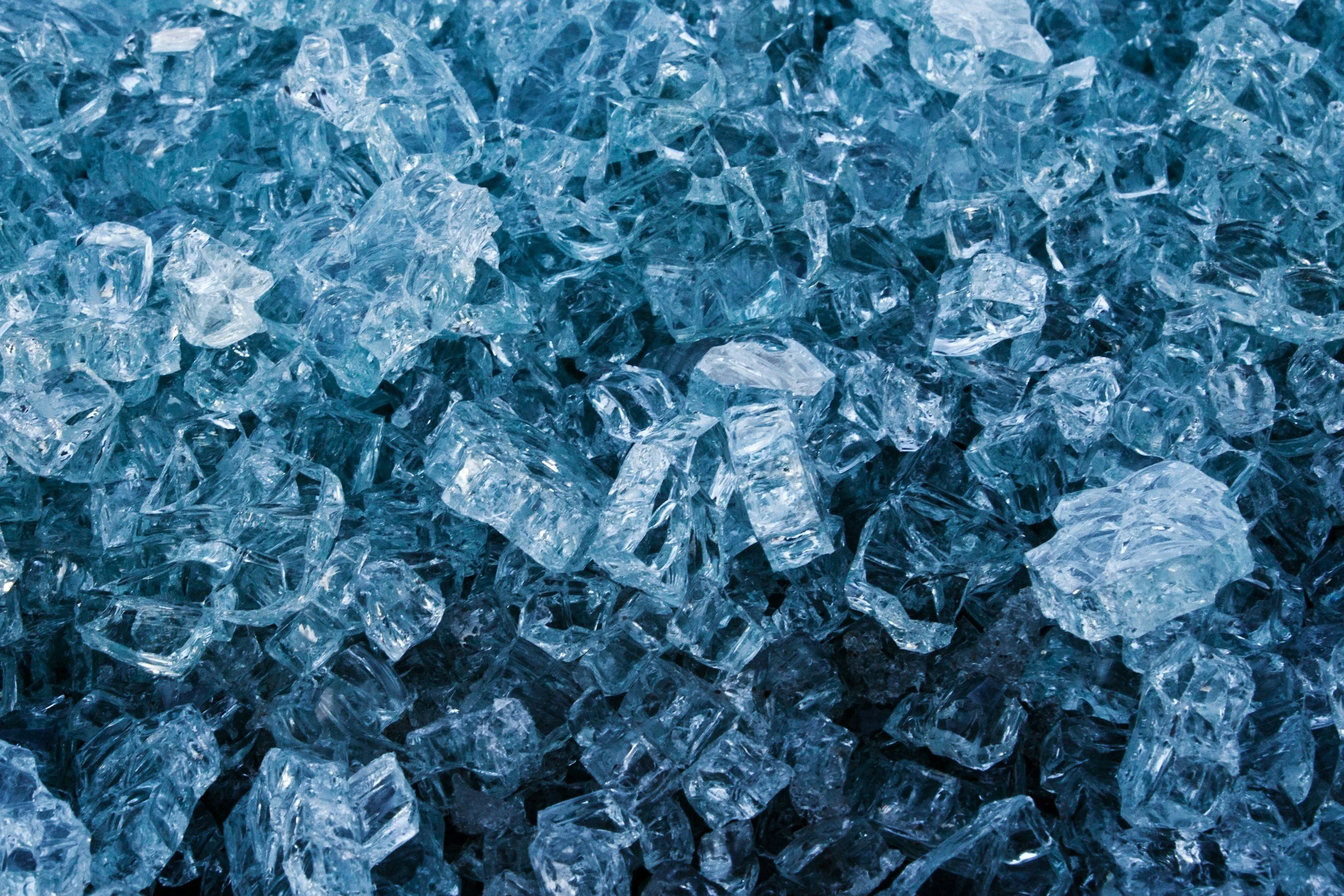Cryotherapy vs. Ice Baths: Which is Better for Sports Recovery?
The concept of a cold plunge is nothing new. It has been around for centuries. Ancient Roman bathhouses featured frigidariums and Nordic cultures using icy dips for vitality. Today, athletes and wellness enthusiasts continue this tradition—but with a modern understanding of the science behind it. So what really happens when you expose your body to extreme cold? And why does it work so well for recovery? Let’s break it down.
How Cryotherapy Works
The Basics: What Happens During a Cryotherapy Session?
You stand in a cryo chamber for 2-3 minutes wearing minimal clothing, gloves, hat and socks (men: tight shorts or underpants / women: tight shorts and sports bra). The temperature of the chamber gradually drops to -110°C to -140°C causing the surface of your skin to rapidly cool, which triggers a physiological survival response.
The Body’s Reaction: The Cold Shock Response
When exposed to extreme cold, your body goes into "fight or flight" mode, activating several key processes:
Vasoconstriction & Vasodilation (The Blood Flow Rollercoaster)
During Treatment: Blood vessels constrict (narrow) to protect core temperature, sending blood away from extremities to vital organs.
After Treatment: Immediately when you step out, blood vessels dilate (expand), flooding tissues with oxygen-rich, nutrient-dense blood.
Endorphin Release (The Natural High)
The cold triggers a surge of endorphins, the body’s natural painkillers. This explains why people report reduced pain, improved mood, and even euphoria post-session.
Reduced Inflammation & Swelling
Exposure to extreme cold has been shown to slow down metabolic activity, reducing inflammation markers (like cytokines).
Activates Brown Fat (The Good Fat That Burns Calories)
The exposure to extreme cold forces the body to generate heat by burning brown fat.
Bonus: Metabolism may be boosted for hours post treatment!
How Ice Baths Work
The Basics: What Happens During an Ice Bath?
You immerse your body (or a targeted area) in cold, icy water (5°C to 15°C) for 5–15 minutes. Ice baths rely on conductive cooling (heat transfer through water) and your body reacts with immediate physiological changes to protect itself.
The Body’s Reaction: Survival Mode Activated
Vasoconstriction – The Blood Flow Squeeze
Cold water causes blood vessels to constrict, reducing blood flow to extremities.
Why? To preserve core body temperature and protect vital organs.
Result: Reduced swelling and inflammation in muscles.
Reduced Metabolic Activity & Inflammation
Cold slows down cellular metabolism, decreasing the production of inflammatory chemicals (like prostaglandins).
Key benefit: Less delayed-onset muscle soreness (DOMS) after intense workouts.
Numbing Effect – Natural Pain Relief
Cold temperatures slow the transmission of nerve signals which temporarily numbs pain.
This is great for post-injury swelling, post-workout aches or joint pain.
Post-Bath Rebound: The Warm Blood Surge
After exiting, blood vessels dilate (expand) rapidly, flooding tissues with fresh, oxygen-rich blood and flushing out metabolic waste (like lactic acid) which speeds up repair.
Mental Toughness Boost
Ice baths trigger a stress response, training your nervous system to handle discomfort.
Used by professional athletes, Navy SEALs and even biohackers to improve resilience.
Key Differences Between Ice Bath & Cryotherapy
Temperature
Ice Bath: 5°C–15°C (water)
Cryotherapy: -110°C to -140°C (air)
Duration
Ice Bath: 5–15 mins
Cryotherapy: 2–3 mins
Mechanism
Ice Bath: Conductive cooling (wet)
Cryotherapy: Radiant cooling (dry)
Penetration
Ice Bath: Surface-level, localized
Cryotherapy: Deep, full-body
Recovery Speed
Ice Bath: Good (but slower)
Cryotherapy: Faster (less stress)
So which one is better for me?
This depends on what you’re trying to achieve, your timeframe and your budget.
Ice baths = Better for localized recovery & mental endurance.
Cryotherapy = Better for full-body systemic benefits & convenience.
Ready for faster recovery?
Still need convincing? Contact the knowledgeable team at CryoClinic team to discuss how cryotherapy can benefit you.


